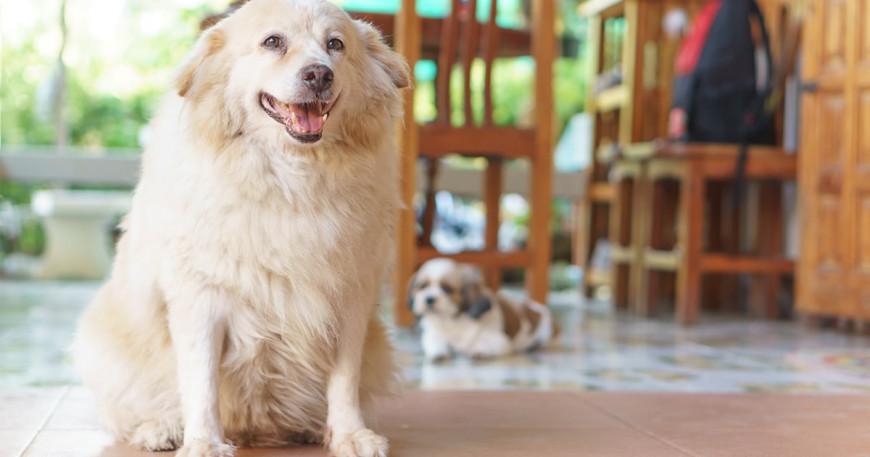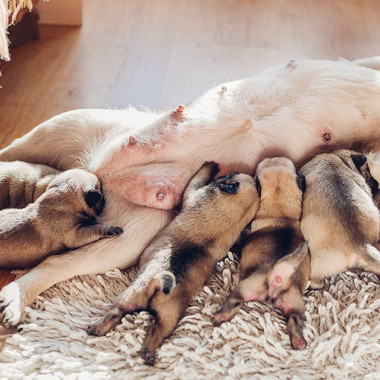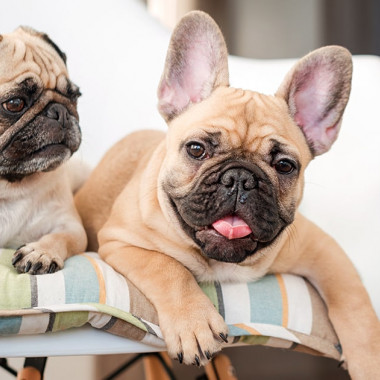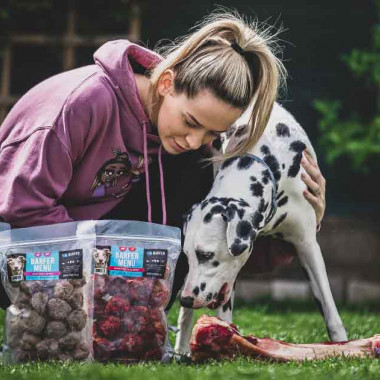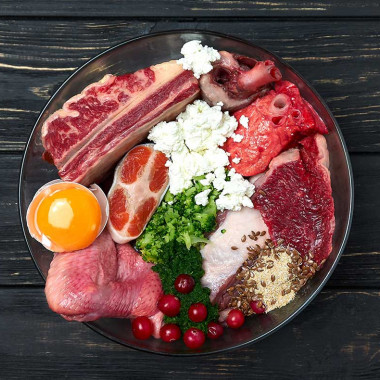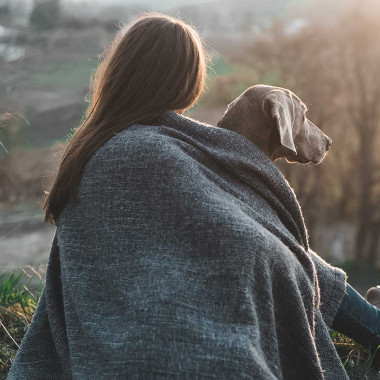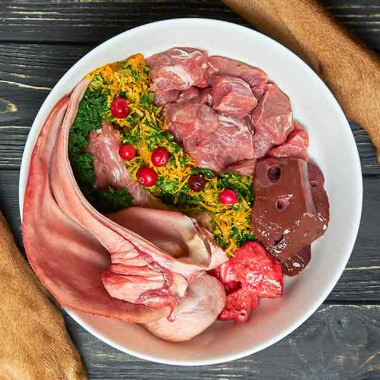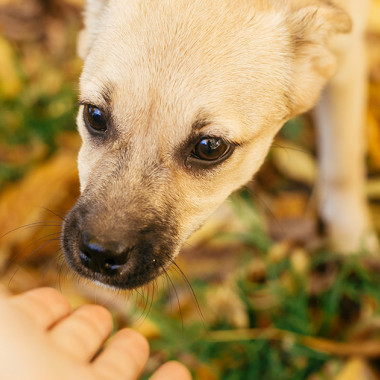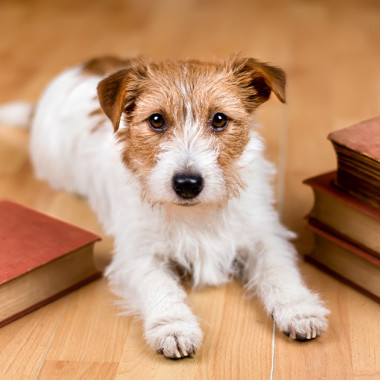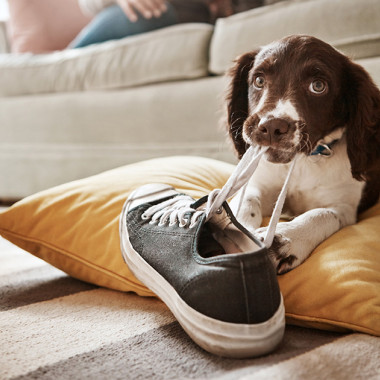Obesity in dogs can have various causes. Most often, it is due to an improper diet and overfeeding, but lack of exercise, neutering, health issues, and even the dog's breed can also play a role. Just like in humans, overweight dogs are at an increased risk of health problems (joint issues, cardiovascular diseases, diabetes, and more). Therefore, we provide some tips on how to get an overweight dog back in shape with a well-structured diet.
Fun fact: Breeds more prone to obesity include Labradors, Pugs, Bulldogs, Dachshunds, etc.
Calculating the feeding amount
From previous articles, we know that a dog's food portion is calculated based on its ideal weight, i.e., the weight at which the dog is in optimal condition (neither too skinny nor too fat). If we have an overweight dog and want it to lose weight, we must calculate its food portion based on the weight we want it to achieve.
Example: We have a Pug that weighs 12 kg, but the normal weight for Pugs is around 7-8 kg. Our chubby Pug clearly needs to lose at least 4 kg. Therefore, we will calculate its food portion based on its ideal weight of 8 kg.
Another important consideration is the percentage. For overweight dogs, we calculate only 1.5 to 2% of their ideal weight as their food portion. Of that, 30 to 50% should be meat, 30% bones, and 20 to 40% supplements.
Example: For our Pug, which weighs 12 kg but should weigh only 8 kg, we calculate the food portion as follows: 8 kg ÷ 100 x 1.5 = 0.120 kg (120 g) of food per day. Of that, 40% should be meat, 30% bones, and 30% supplements: 120 g ÷ 100 x 40 = 48 g of meat per day, 120 g ÷ 100 x 30 = 36 g of bones per day, and 120 g ÷ 100 x 30 = 36 g of supplements per day.
We can adjust the portion according to our dog's specific needs. However, we should not give in to emotions and feed the dog more than it needs out of pity, as this will only prolong the weight loss process.
Composition of the food portion
Just as important as the amount of food is its composition. First and foremost, we reduce or completely eliminate all fatty meats (pork, fatty fish, duck, goose), dairy products, and grains (especially pasta).
What should the food portion for a dog on a weight loss diet include?
Lean meats (chicken, turkey, rabbit, lean fish, lamb, veal)
Low-fat organs (poultry stomachs, hearts, beef lungs, tripe)
Grain-free supplements (various vegetables, less fruit, cooked potatoes)
Example: Since it is best to divide the food portion into two meals for the dog (or more when dieting, though with small breeds, such small portions are harder to divide, so we stick to two), we prepare our Pug 48 g of lamb with chicken giblets and 36 g of blended vegetables of our choice for breakfast. For dinner, he gets 36 g of meaty bones, such as a chicken skeleton. We then alternate between various types of meat and supplements several times a week.
Don't forget about exercise
Overweight in dogs cannot be resolved just by changing the diet. Therefore, it is important not to forget about exercise. Depending on the dog's health (you can consult a veterinarian), we choose a suitable activity to engage in regularly. Even daily walks, gradually extended, are better than nothing. Once the dog is in better condition, you can start jogging together, for example. For dogs with joint issues, swimming is ideal.
Properly chosen food and enough exercise can work wonders. By helping our dog lose weight and improve its condition, we reduce the risk of various diseases and premature death. And what more could we want as dog owners than a healthy, happy, and long-living dog?
